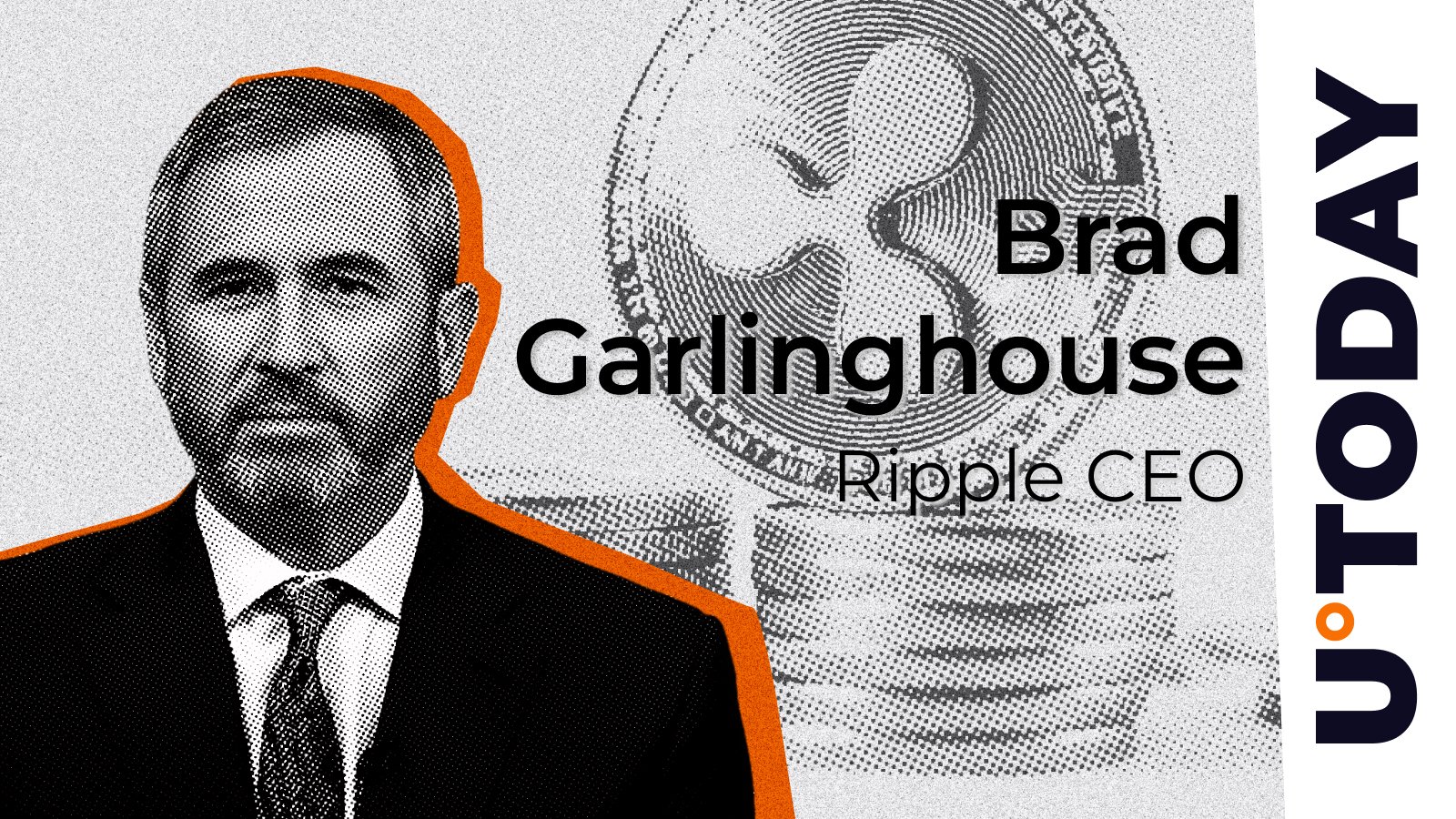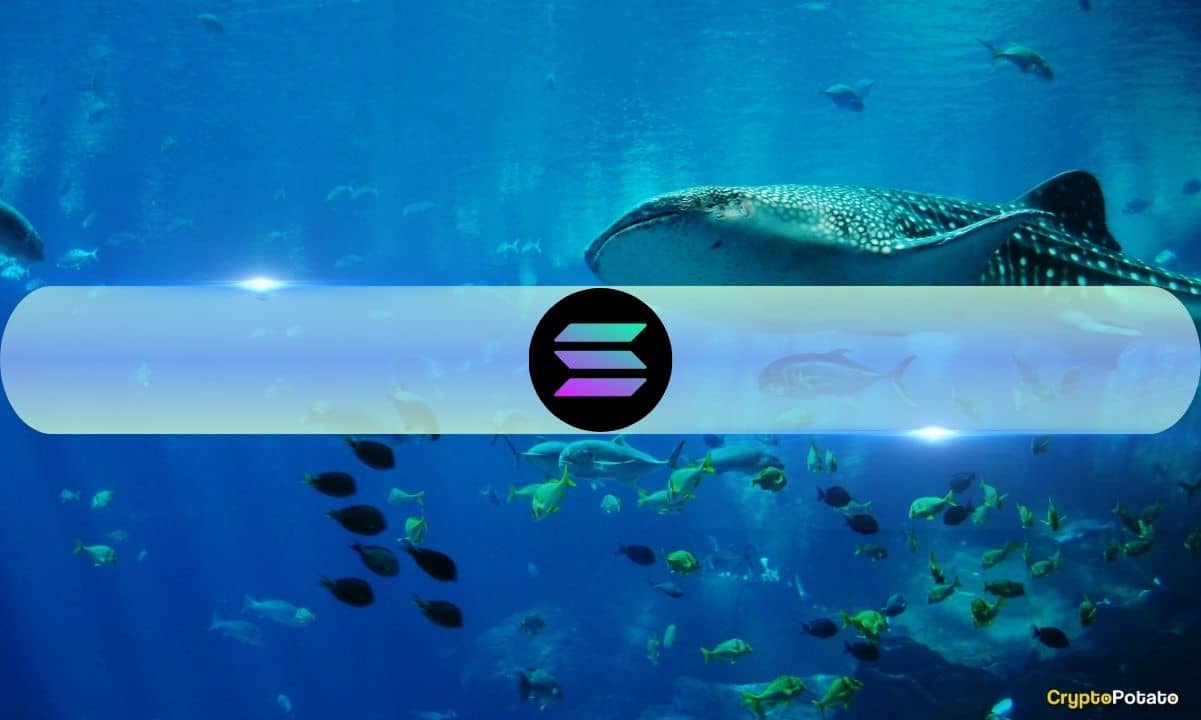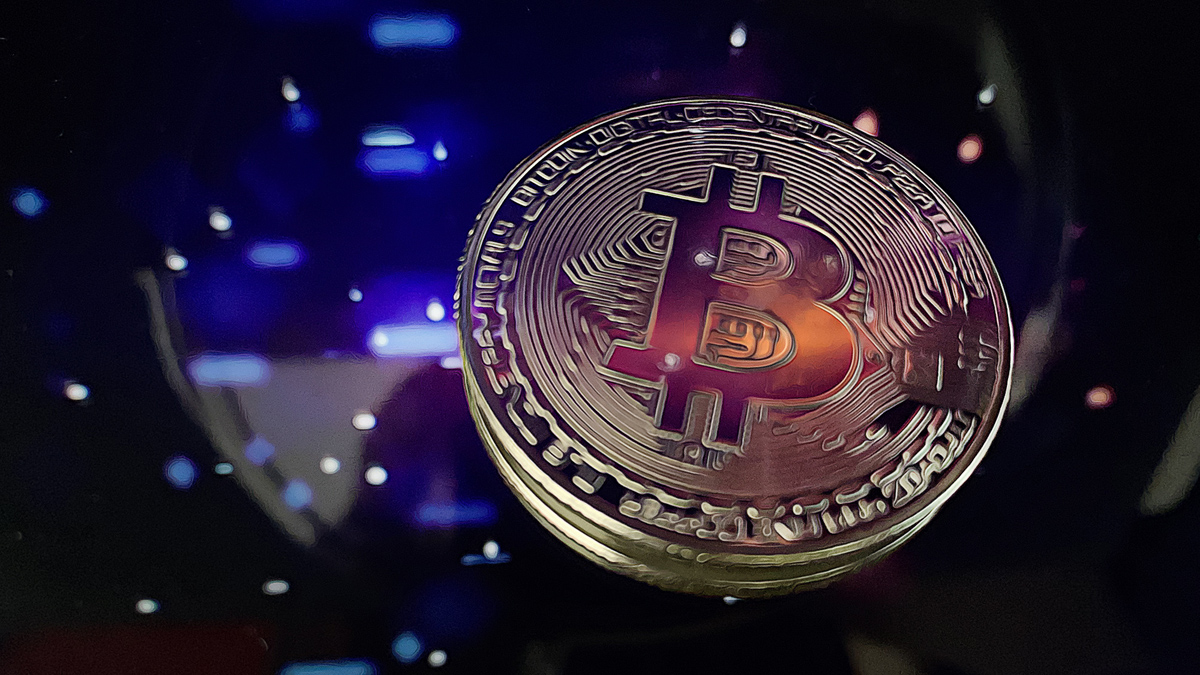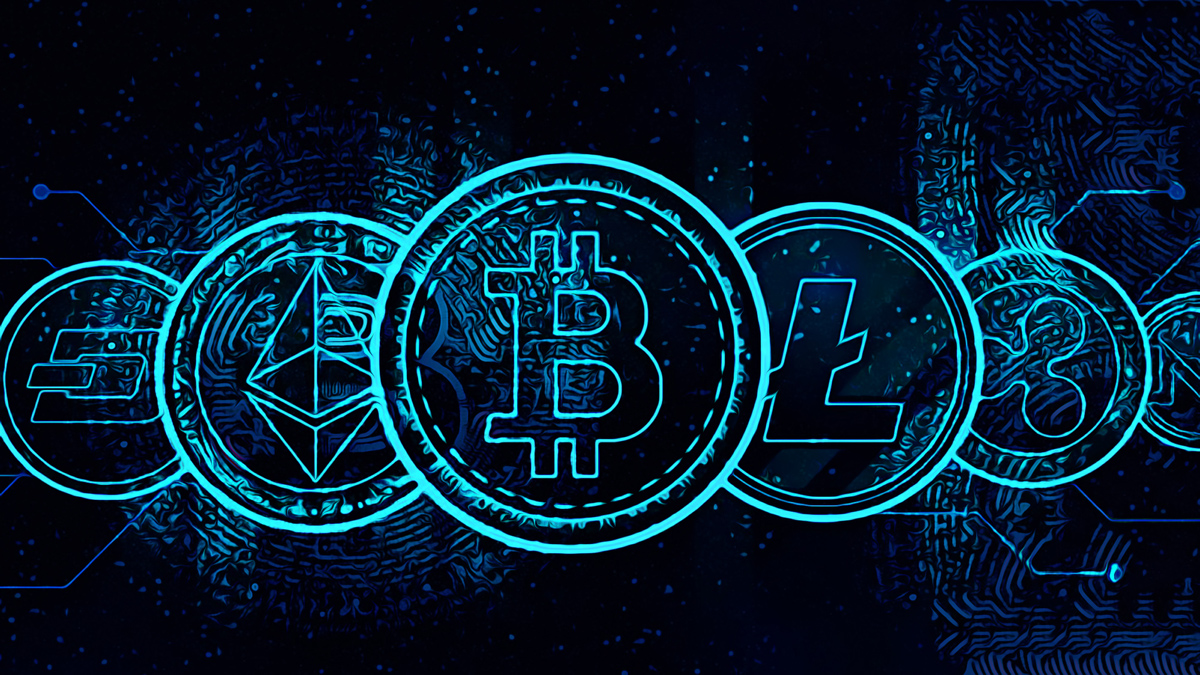
Luxor Technology wants to make bitcoin mining easier. That’s why the firm has rolled out a panoply of products (mining pools, hashrate derivatives, data analytics, ASIC brokerage) to help bitcoin miners, large and small, develop their operations. Aaron Forster, the company’s director of business development, joined in October 2021, and has seen the team grow from roughly 15 to 85 people in the span of three and a half years. Forster worked a decade in the Canadian energy sector before coming to bitcoin mining, which is one of the reasons why he’ll be speaking about the future of mining in Canada and the U.S. at the BTC & Mining Summit at Consensus this year, May 14-15. In the leadup to the event, Forster shared with CoinDesk his thoughts on bitcoin miners turning to artificial intelligence, the growing sophistication of the mining industry, and how Luxor’s products enable miners to hedge various forms of risk. This interview has been condensed and edited for clarity. Mining pools allow miners to combine their computational resources to have higher chances of receiving bitcoin block rewards. Can you explain to us how Luxor’s mining pools work? Aaron Forster: Mining pools are basically aggregators that reduce the variance of solo mining. When you look at solo mining, it`s very lottery-esque, meaning that you could be plugging your machines in and you might hit block rewards tomorrow — or you might hit it 100 years from now. But you`re still paying for energy during that time. At a small scale, it’s not a big deal, as you scale that up and create a business around it. The most common kind of mining pool is PPLNS, which means Pay-Per-Last-N-Shares. Basically, that means the miner does not get paid unless that mining pool hits the block. That`s also due to luck variance, so it’s no different from that solo miner’s situation. However, that creates revenue volatility for those large industrial miners. So we’re seeing the emergence of what we call Full-Pay-Per-Share, or FPPS, and that`s Luxor is operating for our bitcoin pool. With FPPS, regardless of whether we find a block or not, we`re still paying our miners their revenue based on the number of shares they`ve submitted to the pool. That gives revenue certainty to miners, assuming hashprice stays the same. We`ve effectively become an insurance provider. The problem is that you need a very deep and strong balance sheet to support that model, because while we`ve reduced the variance for miners, that risk is now put on us. So we need to plan for that. But it can be calculated over a long enough period of time. We have different partners in that regard, so that we don`t bear the full risk from our balance sheet. Tell me about your ASIC brokerage business. We’ve become one of the leading hardware suppliers on the secondary market. Primarily within North America, but we`ve shipped to 35+ countries. We deal with everybody from public companies to private companies, institutions to retail. We`re primarily a broker, meaning we match buyer and seller, mostly on the secondary market. Sometimes we do interact with ASIC manufacturers, and in certain cases we do take principal positions, meaning we use money from our balance sheet to purchase ASICs and then resell them on the secondary market. But the majority of our volume comes from matching buyers and sellers. Luxor also launched the first hashrate futures contracts. We’re trying to push the Bitcoin mining space forward. We’re a hashrate marketplace, depending on how you look at our mining pools, and we wanted to take a big leap and take hashrate to the TradFi world. We wanted to create a tool that allows investors to take a position on hashprice without effectively owning mining equipment. Hashprice is, you know, the hourly or daily revenue that miners get, and that fluctuates a lot. For some people it’s about hedging, for others it’s speculation. We’re creating a tool for miners to sell their hashrate forward and use it as a basic collateral or a way to finance growth. We said, ‘Let`s allow miners to basically sell forward hashrate, receive bitcoin upfront, and then they can take that and do whatever they need to do with it, whether it`s purchase ASICs or expand their mining operations.’ It’s basically the collateralization of hashrate. So they`re obligated to send us X amount of hashrate per month for the length of the contract. Before that, they`ll receive a certain amount of bitcoin upfront. There’s a market imbalance between buyers and sellers. We have a lot of buyers, meaning people and institutions wanting to earn yield on their bitcoin. What you’re lending your bitcoin at is effectively your interest rate. However, you could also look at it like you`re purchasing that hashrate at a discount. That`s important for institutions or folks that don`t want physical exposure to bitcoin mining, but want exposure to hash price or hashrate. They can do that synthetically through purchasing bitcoin and putting it into our market, effectively lending that out, earning a yield, and purchasing that hashrate at a discount. What do you find most exciting about bitcoin mining at the moment? The acceptance and natural progression of our industry into other markets. We can`t ignore the AI HPC transition. Instead of building these mega mines that are just massive buildings with power-dense bitcoin mining operations, you`re starting to see large miners turning into power infrastructure providers for artificial intelligence. Using bitcoin mining as a stepping stone to a larger, more capital intensive industry like AI is exciting to me, because it kind of gives us a bit more acceptance, because we’re coming at it from a completely different angle. I think the biggest example is the Core Scientific-CoreWeave deal structure , how they`ve kind of merged those two businesses together. They`re complimentary to each other. And that`s really exciting. When you look at our own product roadmap, we have no choice but to follow a similar roadmap to bitcoin miners. A lot of the products that we built for the mining industry are analogous to what is needed at a different level for AI. Mind you, it`s a lot simpler in our industry than in AI. We’re our first step into the HPC space, and it’s still very early days there.
CoinDesk
You can visit the page to read the article.
Source: CoinDesk
Disclaimer: The opinion expressed here is not investment advice – it is provided for informational purposes only. It does not necessarily reflect the opinion of BitMaden. Every investment and all trading involves risk, so you should always perform your own research prior to making decisions. We do not recommend investing money you cannot afford to lose.
Ripple CEO Teases Approaching Major Ripple Event in June

Head of Ripple to be a keynote speaker at the XRPL Apex 2025 event in two months CoinDesk

Wintermute Capitalizes on FDUSD Flash Crash, Making Over $3M Profit Amid Depeg
In a dramatic turn of events on April 2, 2025, the stablecoin $FDUSD briefly lost its usual $1 value, dropping to as low as $0.8726 after a series of bankruptcy rumors surrounding its issuer, First Digital Trust (FDT). This sharp decline in price triggered a wave of panic selling across the market, but it also provided a unique opportunity for IA traders to buy the now-devalued asset at a significant discount. Among those moving swiftly to place potentially very profitable trades was Wintermute, a large trading firm that serves as a market maker in crypto. FDUSD briefly depegged to $0.8726 after bankruptcy news. After the depeg, #Wintermute withdrew 31.36M $FDUSD from #Binance . Assuming they bought $FDUSD near the bottom at $0.90, they would make over $3M when $FDUSD returned to the peg. https://t.co/Sm1quGE1WR pic.twitter.com/5mE6MGj9hw — Lookonchain (@lookonchain) April 2, 2025 Wintermute’s lightning-fast actions during the price disestablishment of FDUSD have caused quite a stir in the cryptosphere, especially because the firm’s maneuvers have seemed to net it a pretty significant profit. Reports indicate that Wintermute managed to pull off something like a $3 million windfall during the depeg event. Less clear is whether this was a creative trade to profit from a price disestablishment or just an unfortunate coin for the FDUSD team to see during what was otherwise a price stabilization period. Wintermute’s Strategic Move: Profit from the Depeg The crypto markets felt the impact of the fast depeg of $FDUSD. The stablecoin, which is utilized extensively on Binance, had been a mainstay for traders in Launchpool and other platforms within the Binance ecosystem. But when the news broke that First Digital Trust might be facing insolvency, the panic in the markets was almost palpable. Traders and investors that had been using $FDUSD started to head for the exits, and soon the price of the stablecoin was spiraling downward. However, Wintermute, which is recognized for its expertise in steering through unstable markets, beheld a prospect. By pulling out 31.36 million $FDUSD from Binance while the price was low, the company bought the stablecoin at a large discount. When the price was around $0.90, it was able to redeem the asset at a value much greater than what it purchased it for. In effect, it was able to make a substantial profit on the asset once the price came back to $1. Wintermute could have realized well over $3 million in profit from this trade. Given the volatility and uncertainty of the situation, this takes Wintermute’s ability to navigate price fluctuations and capitalize on market inefficiencies to a new level. Wintermute’s Continued Activity with $FDUSD Wintermute’s operations didn’t end with the procurement of the discounted $FDUSD. Following the depeg event, the trading firm continued transferring huge sums of the stablecoin, amounting to 75 million $FDUSD, to First Digital Labs. This transfer seems to have been a coordinated move to ensure that the 75 million $FDUSD could be redeemed at a 1:1 ratio for $USD, which is the common practice of stablecoin issuers to maintain the peg. Since $FDUSD depegged, #Wintermute has transferred 75M $FDUSD to First Digital Labs. They likely bought $FDUSD at a discount during the depeg and redeemed it 1:1 through First Digital—making a solid profit. https://t.co/6WZdfs65vk https://t.co/vyLDgzbynX pic.twitter.com/91Pg6GcKAN — Lookonchain (@lookonchain) April 3, 2025 When the asset was restored to its pegged values, Wintermute was able to recognize its profits from the initial purchase, at the same time as it realized new gains from selling the asset to a reputable partner, First Digital Labs. With these transactions, Wintermute further cemented its place as a sophisticated operator in the crypto space—using shrugged-off market volatility to make profits that, to all appearances, it was doing in slightly more respectable, if not also slightly more risky, ways than many retail investors. This string of events has struck many investors as odd, with some questioning whether the depeg resulted purely from panic or was instead a product of some larger market force. While no one has pointed to any specific piece of evidence suggesting that foul play was afoot, Wintermute’s quick moves in the wake of the depeg and the transfers that followed have certainly raised a few eyebrows. The Aftermath: Trust in $FDUSD and the Impact on the Stablecoin Market The $FDUSD depeg event has underscored lingering worries regarding the reliability and stability of some stablecoins, especially when they are connected to matters like possible insolvency. Although $FDUSD has since returned to its peg, the situation set off a skepticism wave in the crypto community, with many questioning whether the coin could maintain its stability going forward. The depeg event was, however, an opportunity for Wintermute to demonstrate just how sophisticated it was as a trading operation. From what we can tell, it apparently took advantage of an extremely wild and volatile situation where the prices of various asset pairs were out of whack—i.e., where the market was showing clear signs of inefficiency—and made a nice profit in doing so. If nothing else, this event shows that in DeFi, as in more traditional forms of finance, some firms are much better at trading and making a profit than others. The event also reminds us of the dangers that stablecoins and the crypto market as a whole bring with them. Stablecoins like $FDUSD are often held up as safe havens and during the periods when the rest of the crypto market is tanking. But it turns out that even assets warped by the promise of maintaining a stable value can have sharp, sudden downturns when the talk is that they’re not actually backed by anything. Conclusion: The Role of Smart Trading in Crypto Market Volatility $FDUSD’s affiliation with Wintermute is a good case study for the nature of trading in crypto. Despite the broader market conditions, trading firms and liquidity providers with the expertise to understand market dynamics can turn what seem like terrible events for the crypto industry into profitable opportunities for themselves. Not only is crypto trading becoming more sophisticated, but many of the players in the space are also becoming more sophisticated. For Wintermute, this was a delightful event to be in the middle of. The firm’s halting of the cart fell right around the 7:20 mark, and the firm’s buying of $FDUSD at that moment was at a 7% discount to its 1:1 peg with the USD. Indeed, when redeeming this quite stable stablecoin for the quite stable U.S. dollar to set up the next buying opportunity, it was all very Bayesian—after all, this is a firm run by a former head of trading at the hedge fund D.E. Shaw, whose founder is very much the poster child for a Bayesian approach to the world. Following the $FDUSD depeg event, when the dust settles, one thing becomes clear: the volatility of the cryptocurrency market, even for stablecoins, continues to create opportunities for those who are quick to act. Disclosure: This is not trading or investment advice. Always do your research before buying any cryptocurrency or investing in any services. Follow us on Twitter @nulltxnews to stay updated with the latest Crypto, NFT, AI, Cybersecurity, Distributed Computing, and Metaverse news ! CoinDesk











